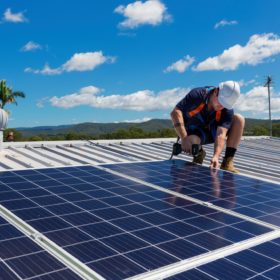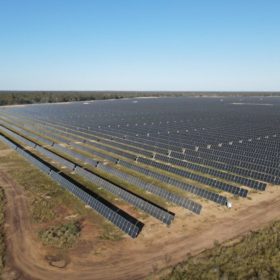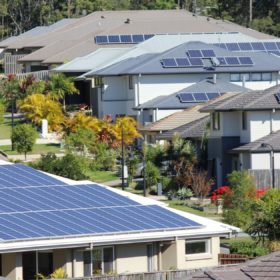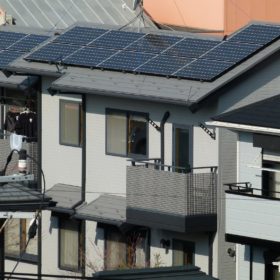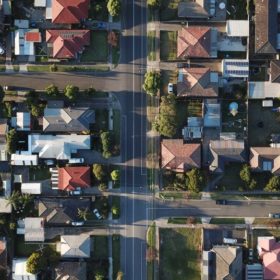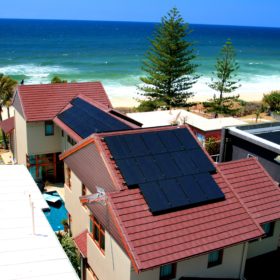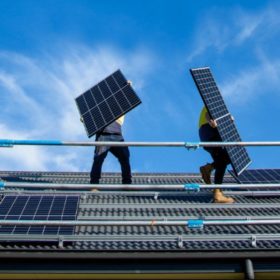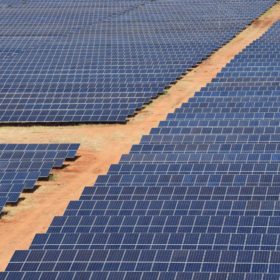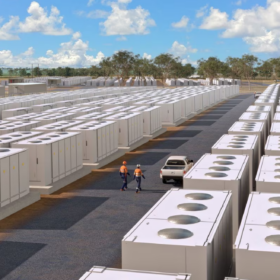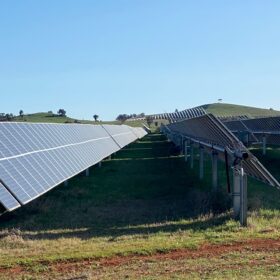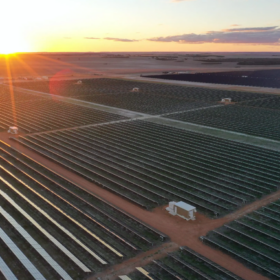New code of conduct launched for ‘new energy tech’ retailers
A new code for retailers of ‘new energy tech’ products including rooftop solar, battery energy storage systems, electrical vehicle chargers and other emerging energy products and services has been introduced to raise consumer protection standards in Australia.
Missteps, monster solar farms and hangovers: solar’s 2022 in review
Last year was a tricky one for solar, with each segment from residential to commercial to utility behaving quite differently. The industry trends have been laid out in Sunwiz’s latest Australian PV Report and pv magazine Australia takes a dive into what happened and what there is to learn.
Renewable energy generation hits record levels in Australia
Renewable energy generation provided a record high proportion of Australia’s electricity mix in the final three months of 2022, supplying on average more than 40% of power in the nation’s main grid, eclipsing the previous record of 35.8% set in the same period the previous year.
Evergen to test DER optimisation technology in Japanese setting
Australian energy software provider Evergen will take its solar and battery optimisation technology to Japan after teaming with Japanese companies Sharing Energy and Sassor on a pilot project to explore how to best commercialise distributed energy resources, including rooftop solar and residential battery energy storage systems, in Japan.
Perovskite PV tipped to become competitive in rooftop segment
Scientists from Australia are among an international team of researchers that predict lightweight, high-performance perovskite solar modules could soon become competitive with crystalline PV modules in the residential segment, as such products will likely have lower manufacturing and balance-of-system costs in the future.
New digital solar tool launches promising to save customers from aggressive sales tactics
Australian climate tech platform Acacia will launch a new solar feature enabling customers to get a digital solar quote, as well as estimated financial and carbon savings, without speaking to any sales people. The company says the tool is in response to what are often poor buying experiences in the solar sector.
Solaray Energy acquired as part of German startup’s $100 million Australian growth strategy
A German startup led by European heavyweights and backed by major institutional capital continues its aggressive acquisitions strategy in Australia, taking a majority stake in Solaray Energy – its second major APAC buy following Natural Solar. Company 1Komma5 is seeking to consolidate Australia’s residential solar sector to become the largest provider of home renewable technologies, devoting $100 million (USD 70m) to “strategically” acquire a number of businesses here within the year.
QCells unveils updated module for rooftop market
Hanwha Qcells has launched the latest generation of its Q.MAXX solar panel series for the Australian residential market, stating the power class has been increased by up to 15 Wp compared to previous iterations.
Solar installers left with ‘hand grenade’ from bloated manufacturer warranties
In the last years, warranties on solar panels have ballooned up to 40 years, but far from inspiring trust, these documents can end up eroding it. Described as a “hand grenade,” some installers claim manufacturers’ unrealistic installation manuals and poor claiming processes leave them in the lurch when equipment breaks. “I think its the biggest threat to the longevity of my business,” Mark Cavanagh, owner of Queensland-based MC Electrical tells pv magazine Australia.
India installed almost 14 GW of solar in 2022
India installed 13,956 MW of solar between January and December 2022. This included 11.3 GW of utility-scale PV, about 1.9 GW of rooftop solar, and nearly 700 MW of off-grid/distributed capacity.
